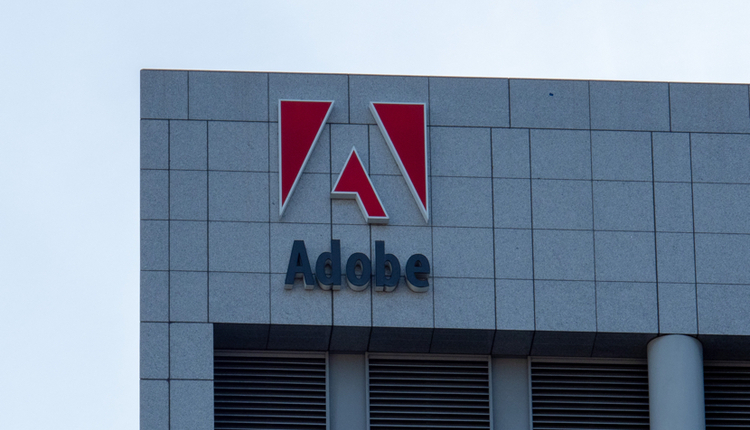
Building and protecting the company’s reputation is a growing concern for CEOs and board of directors. More and more, stakeholders influence your business success, and with social media, it has become increasingly difficult to manage. According to the 2014 Reputation Leaders Study of 301 CXOs from global companies in 28 industries and 29 countries, only 16% of companies globally feel they have the right structure in place to do so. At the same time, it is expected that you have a structure and a roadmap for managing reputation across the company.
Protecting and building a strong reputation is more about organizational capabilities than measurement and communication. The best companies realize that you are not able to build and protect your reputation from a central function through campaigns, PR and crisis management. You need to push the responsibility and knowledge into the organization so they can build trusted relationships with customers and other key stakeholders.
On average, global multinational companies have nine key stakeholder groups they need support from: think about customers, regulators, investors, local communities, NGOs, employees + prospective employees, suppliers and opinion makers. These groups are managed by different people inside the organization. They are not within your control.
But who does your CEO call when he wants to know what the company is doing to manage and protect its reputation? YOU! And he expects you to have the answers across key stakeholders and markets? Needless to say, you are in a tough situation where you are expected to have the answers, but you don’t control the stakeholders nor the process.
This is neither the time nor place for “reputation heroes.” Your reputation is created or destroyed by your actions. The leading companies are pushing that ownership out into the organization. The reputation leaders are NOT taking the responsibility for the actual reputation of all individual stakeholders. Instead, the reputation leader takes responsibility for strategy, coordination, training and reporting. In other words, be the facilitator, not the owner!
MORE: How Do the Best Knowledge Management Companies Fare in 3 Critical Rational Dimensions of Corporate Reputation?
The most successful companies have realized they need a blueprint for how the company should build and protect its reputation across all stakeholders. This focus usually takes place in four areas:
Reputation Research Overview: a company-wide overview of the research already being done, what the focus is, who owns it and what it is being used for. This is the first key step to improve the return on investment from your market research.
Reputation Competency Mapping: outlining where your company stands today compared to best practice reputation management. Identifies strengths and weaknesses and risks and opportunities.
Reputation Measurement Structure: outline for how your company can set up future cross-stakeholder, cross-market brand and reputation tracking in an integrated way, providing consistent and comparable insights.
Reputation Roadmap: a plan for the specific steps to build competencies inside your company to deliver on stakeholder expectations. The roadmap outlines specific areas to focus on, including suggested KPIs and milestones to guide actions and report on progress.
However, this is where an alliance needs to be forged between the marketing and communications teams that traditionally sign up to be the “reputation champions” for the organization, and the knowledge management (KM) function that possesses the institutional knowledge and wisdom that is too often trapped in silos and business units. A quick look at the four focus areas of the Reputation Competency Framework will show that the best laid plans by marcomms will grind to a halt without the active support of the KM teams and business processes they manage throughout the organization:
1. Business Rationale: defined as the competency to define the business case from stakeholder perception and link it to the vision and values of the company. Once this is codified, KM can and must make sure it sticks throughout the various business processes.
2. Intelligence & Strategy: defined as the competency to analyze Big Data and link perception research to business strategy. Bridging the gap between corporate strategy and reputation risk/opportunity cannot be the exclusive job of marcomms–KM can be a secret weapon in embedding stakeholder expectations and company proof points in multiple documents and channels.
3. Management & Accountability: defined as the competency to be the facilitator to the organization and generate accountability for stakeholder perception throughout the organization. KM co-creation with marketing and communications can ensure the message around leveraging the corporate narrative and the need to keep score gets through to all internal audiences.
4. Activation & Integration: defined as the competency to integrate the company narrative into specific touch points with stakeholders across channels and markets. Too often, the disconnect between marketing “sizzle” and KM “substance” doom the best paid plans and programs that aim to translate going beyond compliance or competing on values. Minding that gap can be the difference between success or failure in terms of reputation management taking root inside an organization.
There is evidence from leading companies, including Allstate and Novo Nordisk, that effective collaboration between marcomms and KM teams in the early days of each company’s reputation journey allowed the organization to create the optimal structure for reputation management to serve as an input to business strategy rather than a communications output:
- Analyze: KM can help audit and analyze existing actions across the organization, and pinpoint specific areas of strength and weakness and identify where action could be taken.
- Architect: Based on KM’s global knowledge, it can actively participate in outlining the architecture for how the company should evolve the competencies to be able to build, protect and monitor stakeholder support and reputation.
- ALIGN: KM can be an active partner to ensure organizational alignment behind the reputation strategy in order to develop a self-sustaining structure inside the organization.
At the end of the day, KM leaders have a choice when it comes to embracing the reputation imperative of the 2010s: They can be change agents who seize the high ground of ambassadorship around the company’s purpose, or they can remain a support function who process data and information in order to preserve the status quo.




















